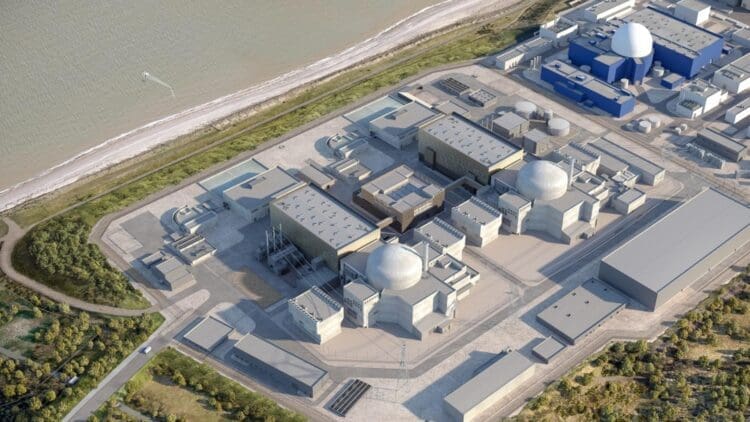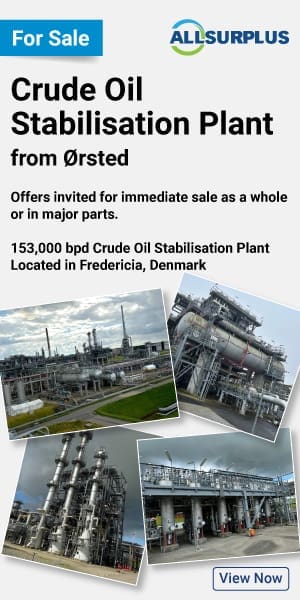The UK government has given the green light for the Sizewell C nuclear project by delivering its final investment decision. The British government has been pioneering a program called the “Plan for Change”, which aims to alleviate the pressure being put on the UK population as a result of inflation and an increase in the costs of everyday life. The Sizewell C nuclear project will not only deliver crucial electricity to UK households but will also provide a much-needed boost to the local economy by providing employment opportunities during both the construction and operation phases.
Energy Secretary Ed Miliband signed off on the multi-billion-pound deal
The UK government has stated that the Sizewell project will be built for roughly 20% less than its virtual replica, Hinkley Point C, and underscores the government’s plan to kick-start the British economy like an old motorbike that needs some TLC before working properly. The United Kingdom, along with nearly every other country in the world, is hard at work attempting to transition away from fossil fuels towards the more environmentally friendly nuclear power sector.
The National Wealth Fund, which is a state-owned bank aimed at providing funds for crucial energy projects, has received additional capital to facilitate the Sizewell C project, which was praised by the UK Energy Secretary Ed Miliband in a statement to the press.
“This government is making the investment needed to deliver a new golden age of nuclear, so we can end delays and free us from the ravages of the global fossil fuel markets to bring bills down for good.” – UK Energy Secretary Ed Miliband
The project will have several key shareholders, which include:
- UK Government – 44.9% stake
- Canadian investment fund La Caisse – 20% stake
- British multinational energy and services company Centrica – 15% stake
- International infrastructure asset manager Amber Infrastructure – 7.6% (with an option to acquire a further 2.4% from the government exercisable within 24 months of Revenue Commencement)
- France’s EDF – 12.5% stake
Sizewell C will produce enough electricity to power six million homes for at least 60 years
That is according to the UK government. The proposed plan will be for the site to feature two EPR reactors producing 3.2 GW of electricity, which could revolutionize the energy sector in the United Kingdom. The next procedural step will be to finalize Sizewell C’s economic licence, followed by a statutory decision by the Secretary of State. After that, the last step will be to declare Revenue Commencement.
Sizewell C Joint Managing Director, Julia Pyke, underscored the low cost to consumers while praising the long-term benefits that the site will offer customers. The world is embracing the potential that nuclear power presents, and the UK government is doing everything in its considerable power to ensure low costs to customers while aligning with the Plan for Change initiative.
“Sizewell C will cost consumers around GBP1 per month as an average over the duration of construction. Once operational, the project could lead to savings of GBP2 billion a year across the electricity system. Our plan is to deliver Sizewell C at a capital cost of around GBP38 billion [in 2024 prices]. Our estimate is the result of very detailed scrutiny of costs at Hinkley Point C and long negotiations with our suppliers. It has been subject to third-party peer review and has been scrutinised by investors and lenders, and has been subject to extensive due diligence as part of the financing process. A capital cost of GBP38 billion represents around 20% saving compared with Hinkley Point C and demonstrates the value of the UK’s fleet approach.” – Julia Pyke, Joint Managing Director of Sizewell C
The plant represents the new approach to the energy sector being led by the government
The United Kingdom is an exceedingly small country. That geographical limitation means that the government is forced to consider alternative power generation projects that are unique and differ from the norm globally. Not to be left behind, the United States has also been promoting nuclear energy with a significant capital injection for a huge nuclear site. The evidence would suggest that two of the biggest economies in the world have taken significant steps towards a greener and more environmentally friendly power source, nuclear.





